Can private-sector and government interests align to improve critical cold chain infrastructure and uphold Sustainable Development Goals?
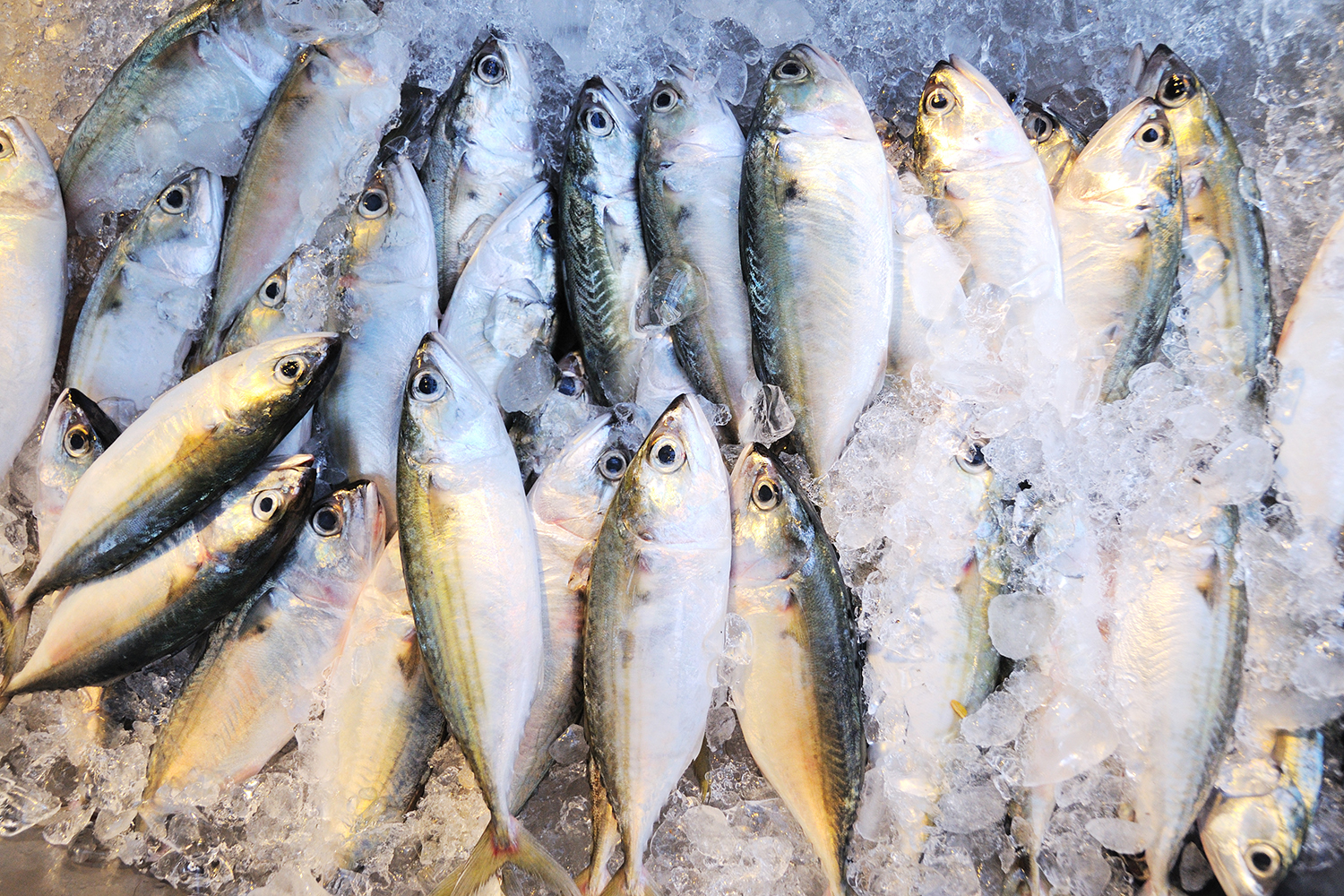
One of the most critical components of food and agriculture infrastructure is the availability of cold storage at every stop along the supply chain. What use is a trawler full of haddock if it rots before it gets from ship to shore, or processing facility to market? Food is wasted, income is lost, the potential to nourish a growing global population drops. Add emissions-producing refrigeration to the equation and at least four of the United Nations’ 17 sustainable development goals (SDGs) are threatened.
A recent report released jointly by the UN’s Food and Agriculture Organization and its Environment Program determined that insufficient refrigeration was directly implicated in the loss of 526 million metric tons of food, or 12 percent of the global total, in 2017, which released 1 gigaton of carbon dioxide into the atmosphere. As a result, it concluded that building up sustainable food cold chains worldwide was “fundamental” to protecting livelihoods, preserving the quality and safety of food and boosting climate resilience.
When it comes to seafood in particular, FAO estimates that “wastage between landing and consumption accounts for about 27 percent of the landed fish and within this, cold chain is a major percentage,” said Toby Peters, director of the Centre for Sustainable Cooling at the University of Birmingham and one of the report’s lead authors. In South and South East Asia, for example, 8.2 percent of seafood waste and loss comes from fish discarded due to lack of refrigeration, a number Peters calls “significant.”
He says the entire cold chain — from point of harvest to point of sale, including production, transportation, handling and storage — has to work seamlessly in order to protect seafood quality.
“For me, the critical point of the chain is that first stage, because if you don’t get the product to the right temperature and protect the quality once it’s harvested, then everything down the chain is going to fall over,” he told the Advocate. “Once you’ve embedded loss of quality you can’t recapture it.”
If freshly harvested fish can be kept at 16 degrees-C (60.8 degrees-F), “You’ve probably got a day” before it goes bad, added Peters’ co-author Leyla Sayin, a senior research fellow at the Centre for Sustainable Cooling. “If you can get it down to 5 degrees-C (51 degrees-F), you’ve probably got three days, and if you can get it down to zero, then you can get it to 10 days.”
What needs to happen is that government needs to invest in cold chain as part of critical infrastructure and become a partner in cold chain development.
This is especially difficult for small fishers in low-income countries and communities in particular, Sayin added. Some producers “don’t have any cold storage or any processing facility at the point where they caught it,” she said, pointing out that in these instances when cold storage is available, it’s usually in the form of ice. “So, they can’t really transport [seafood] and sell it to urban markets, and export is not even a question, either.”
Even for those who do have access to refrigeration to cool seafood, sustainability can remain elusive: “The challenge is that to produce cooling you have to use energy, which is inherently from diesel gensets, and you also use refrigerants, which have high global warming potential. Refrigerants can be many thousands of times more polluting than CO2,” Peters said.
The trick is finding renewable energy solutions that can be used in tandem with natural refrigerants. The capital cost to build this capability is steep, though, and likely well beyond the reach of small producers. Training is also a challenge – not just on how to install, but also maintain equipment.
“I’m aware of ice cold stores for fisheries, which have been installed and everybody’s rubbed their hands with glee,” said Peters. “But they’ve broken down and then they’ve discovered the nearest engineer’s three weeks away.”
Effect of freeze-thaw cycles on quality of Pacific white shrimp
The FAO report details several solar-powered solutions for seafood cold chains, including chest freezers for women’s fishing groups in the Solomon Islands, which can store 1,000 kilograms of fish; a freezer lease-to-own scheme for women in the fisheries supply chain in Nigeria, which came with 3 years’ worth of technical support and insurance; and a cold chain hub in Kenya that includes, among other important amenities, an ice flake machine for chilling fish before processing and during transport, and a cold room in which to store fish before bringing it to market. In the latter instance, write the report’s authors, “[T]he fishing community can increase its income by selling the fish fresh rather than dried (which results in losing over half the value of the fish and incurs the extra cost of salting and drying it for preservation).”
Still, challenges remain. When you’re using renewables, “The sun doesn’t always shine, the wind’s not blowing, and therefore you have to have energy storage, so you have to have a system which has resilience in-built to provide cooling when you want it. And you have to develop the business model so that fishers can afford it,” said Peters.
In developed countries, “The main problem is the cold chain is very private-sector dominated, [and] private sector invests in areas where they can make money,” said Sayin. “So actually, what needs to happen is that government needs to invest in cold chain as part of critical infrastructure and become a partner in cold chain development.”
Do this, she maintains, and the action will ripple out to “underpin food security, nutritional security and all the SDGs that we are talking about. Without treating cold chain as part of critical infrastructure, you won’t address malnutrition, GDP growth – anything.”
Follow the Advocate on Twitter @GSA_Advocate
Now that you've reached the end of the article ...
… please consider supporting GSA’s mission to advance responsible seafood practices through education, advocacy and third-party assurances. The Advocate aims to document the evolution of responsible seafood practices and share the expansive knowledge of our vast network of contributors.
By becoming a Global Seafood Alliance member, you’re ensuring that all of the pre-competitive work we do through member benefits, resources and events can continue. Individual membership costs just $50 a year.
Not a GSA member? Join us.
Author
-

Lela Nargi
Lela Nargi is a Brooklyn, N.Y.-based veteran freelance journalist covering the food system, social justice issues, science/environment, and the places where those topics intersect for The Guardian, Civil Eats, City Monitor, JSTOR Daily, Sierra, Hakai, and Ensia, among other outlets; she’s currently contributing writer for The Counter. You can find her at lelanargi.com and on Twitter @LelaNargi.
Tagged With
Related Posts
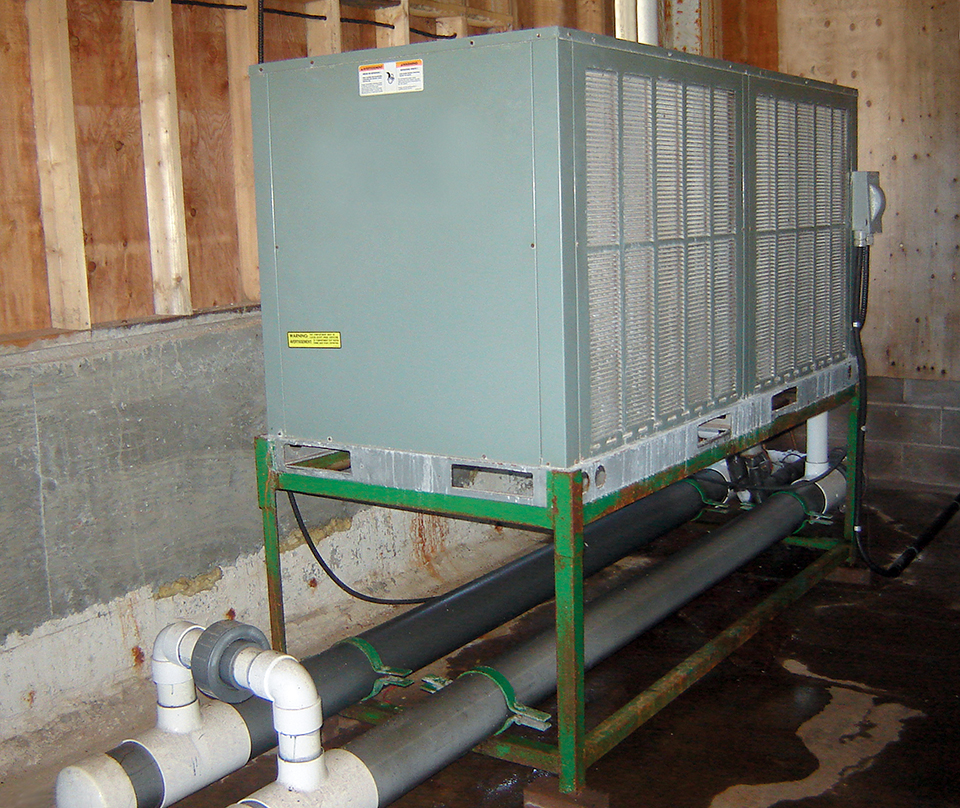
Health & Welfare
Cool it: Refrigeration basics for aquaculture operations managers
The basic premise of refrigeration is to move heat from a colder heat source to a warmer heat sink. Common pitfalls for refrigeration in aquaculture are a lack of water flow, inadequate evaporator capacity and evaporator freezing.
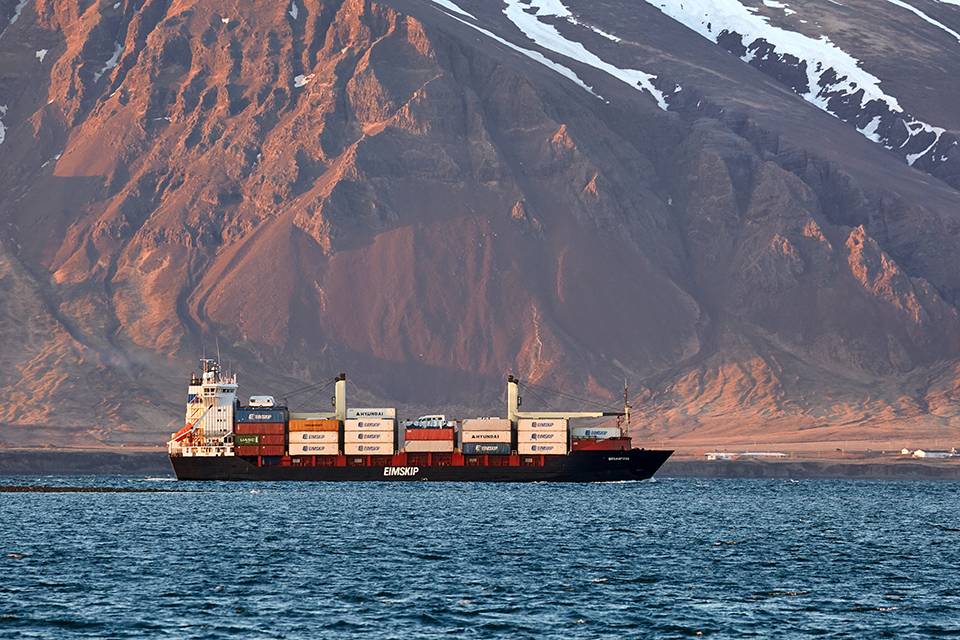
Responsibility
‘They thought we were crazy’: Behind one Faroe Island salmon farmer’s bold stance to reduce its carbon emissions
Hiddenfjord executive’s insistence that “fish should never fly” flies in the face of industry norm. This Faroe Island salmon company intends to do things greener.
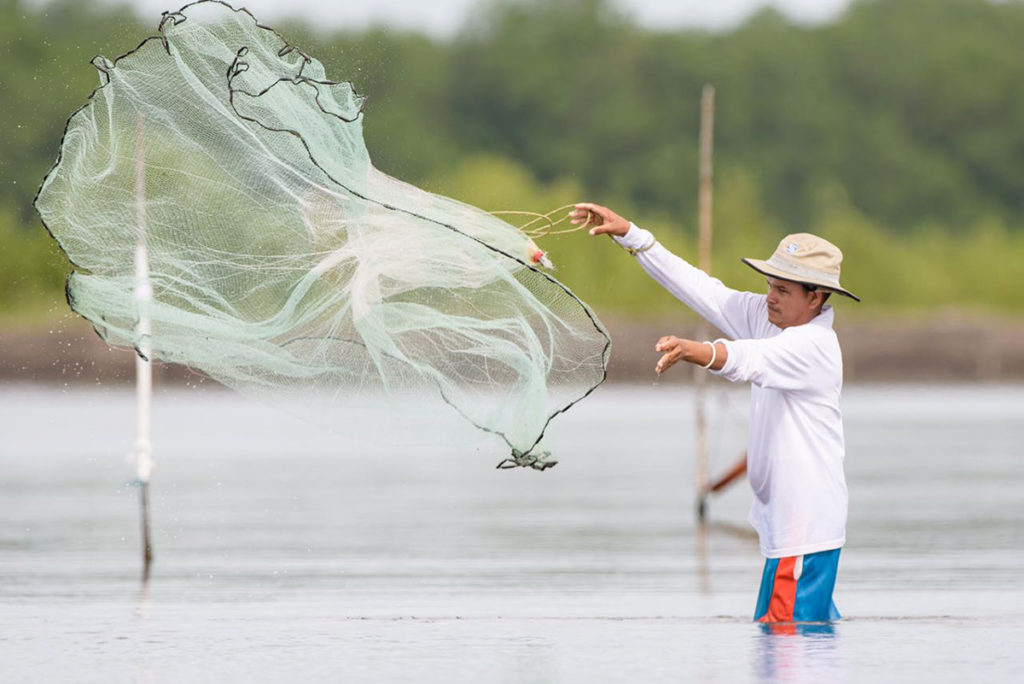
Responsibility
Aquaculture, feed companies embark on a carbon-cutting journey
The aquaculture value chain can significantly reduce carbon emissions with innovations in feed, transportation and operations.
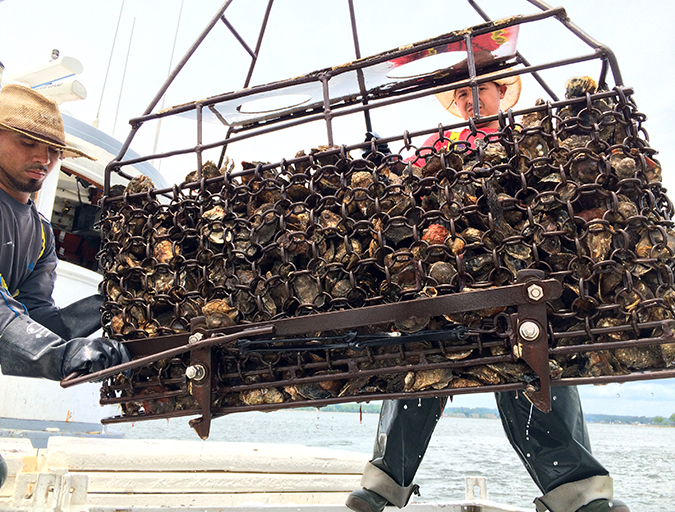
Intelligence
As ocean temperatures rise, so too will vibrio outbreaks
A study using a half-century of data has linked climate change and warming sea temperatures with an increase in illnesses from the common vibrio bacteria. Shellfish growers, fighting a particularly virulent strain of Vibrio parahaemolyticus, are changing their harvest protocols.


